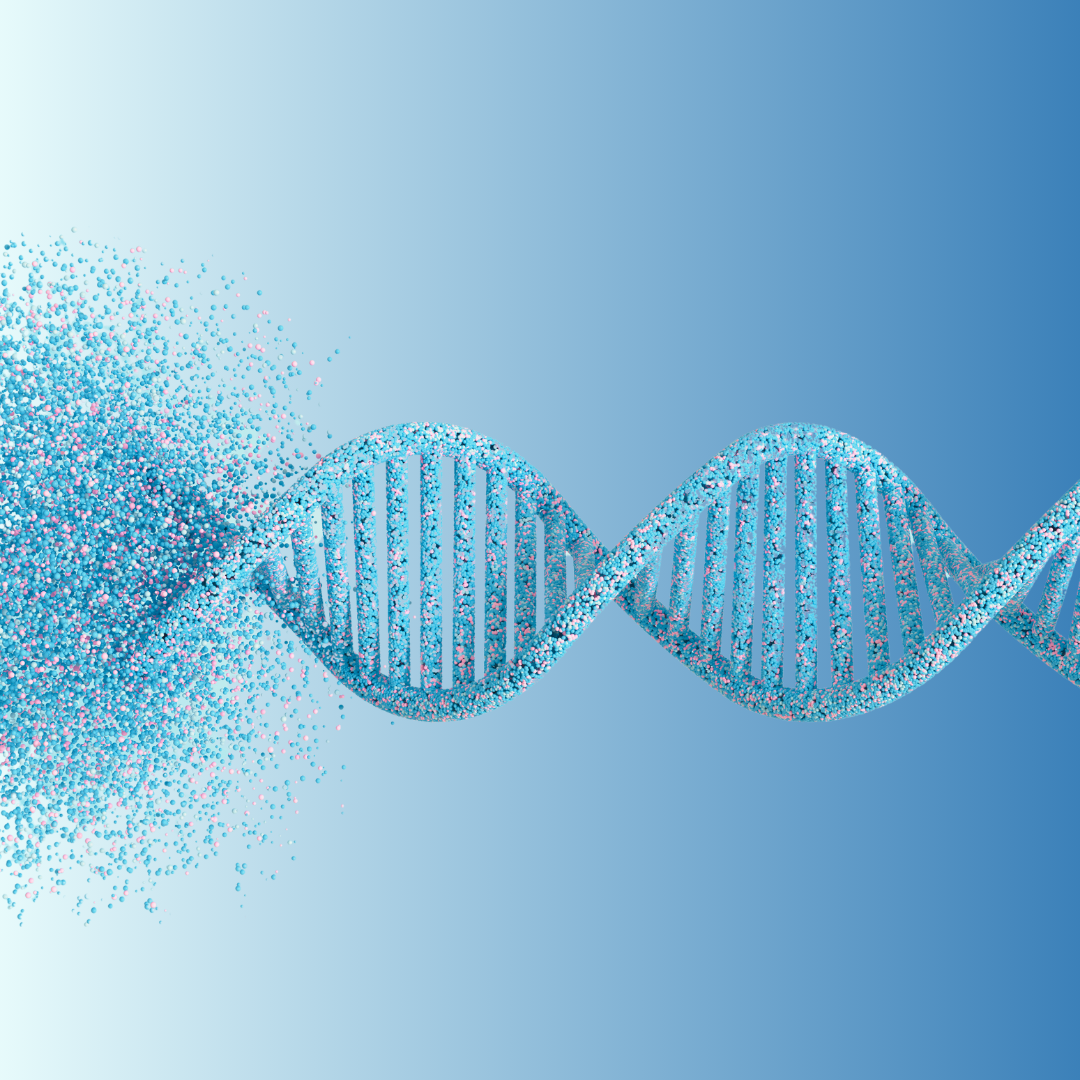Plans to genetically screen newborns for rare diseases are problematic
By Suzanne O'Sullivan,
New Scientist
| 07. 09. 2025
Rare diseases are often hard to spot. They can evade detection until irreversible organ damage or disability has already set in. Last month, in the hope of preventing just this type of harm, the UK’s health secretary, Wes Streeting, announced a 10-year plan to make genetic testing for hundreds of rare conditions part of standard newborn screening in England. The world is likely to follow, with numerous feasibility programmes already under way, including in the US and Australia. Streeting’s plan is to “leapfrog” disease before it becomes symptomatic. But how scientifically sound is this, exactly?
The genome is a list of letters that feels as if it could be read like a book, but it is a book in a language so new that only a small number of words have been deciphered. And, like any language, even those deciphered words could have multiple meanings. What is known of the risks associated with some gene variants is drawn from decades of studying families at high risk of certain conditions. But we have little experience in population-based genetic testing in...
Related Articles
By Pam Belluck and Carl Zimmer, The New York Times | 11.19.2025
Gene-editing therapies offer great hope for treating rare diseases, but they face big hurdles: the tremendous time and resources involved in devising a treatment that might only apply to a small number of patients.
A study published on Wednesday...
By Emily Glazer, Katherine Long, Amy Dockser Marcus, The Wall Street Journal | 11.08.2025
For months, a small company in San Francisco has been pursuing a secretive project: the birth of a genetically engineered baby.
Backed by OpenAI chief executive Sam Altman and his husband, along with Coinbase co-founder and CEO Brian Armstrong, the startup—called...
By Jessica Hamzelou, MIT Technology Review | 11.07.2025
This week, we heard that Tom Brady had his dog cloned. The former quarterback revealed that his Junie is actually a clone of Lua, a pit bull mix that died in 2023.
Brady’s announcement follows those of celebrities like Paris...
By Emily Mullin, Wired | 10.30.2025
In 2018, Chinese scientist He Jiankui shocked the world when he revealed that he had created the first gene-edited babies. Using Crispr, he tweaked the genes of three human embryos in an attempt to make them immune to HIV and...




